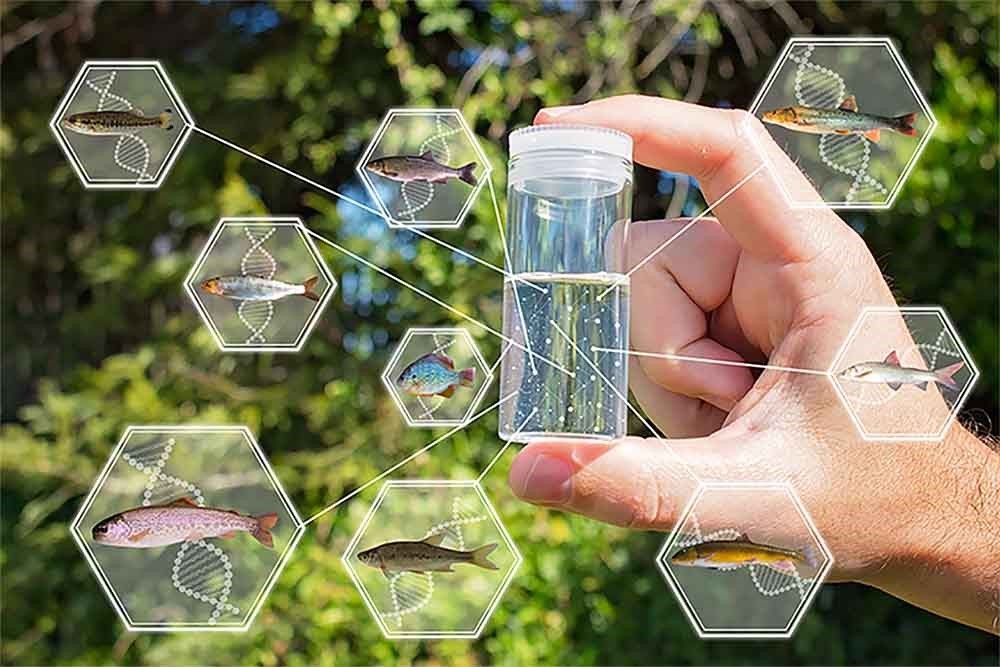Free Courses Sale ends Soon, Get It Now


Free Courses Sale ends Soon, Get It Now



Disclaimer: Copyright infringement not intended.
Context
Details
Introduction to Environmental DNA (eDNA)
Applications of Environmental DNA
Biodiversity Monitoring
Aquatic Ecosystem Management
Invasive Species Detection
eDNA Sampling Techniques
Water Sampling
Soil Sampling
Benefits of Environmental DNA Analysis
Challenges and Considerations
Advantages Over Traditional Methods
Implementation and Findings
Conclusion
The innovative use of environmental DNA (eDNA) in biodiversity assessment, as demonstrated by the researchers at LaCONES, represents a significant advancement in the field of conservation biology. This approach not only provides a more efficient and cost-effective method for monitoring biodiversity but also offers a more comprehensive understanding of the intricate web of life existing within various ecosystems.
|
PRACTICE QUESTION Q. Discuss the significance of environmental DNA (eDNA) in the context of biodiversity conservation and ecosystem monitoring. Examine its potential implications for the preservation of fragile ecosystems and the challenges associated with its implementation. (250 Words) |
© 2024 iasgyan. All right reserved